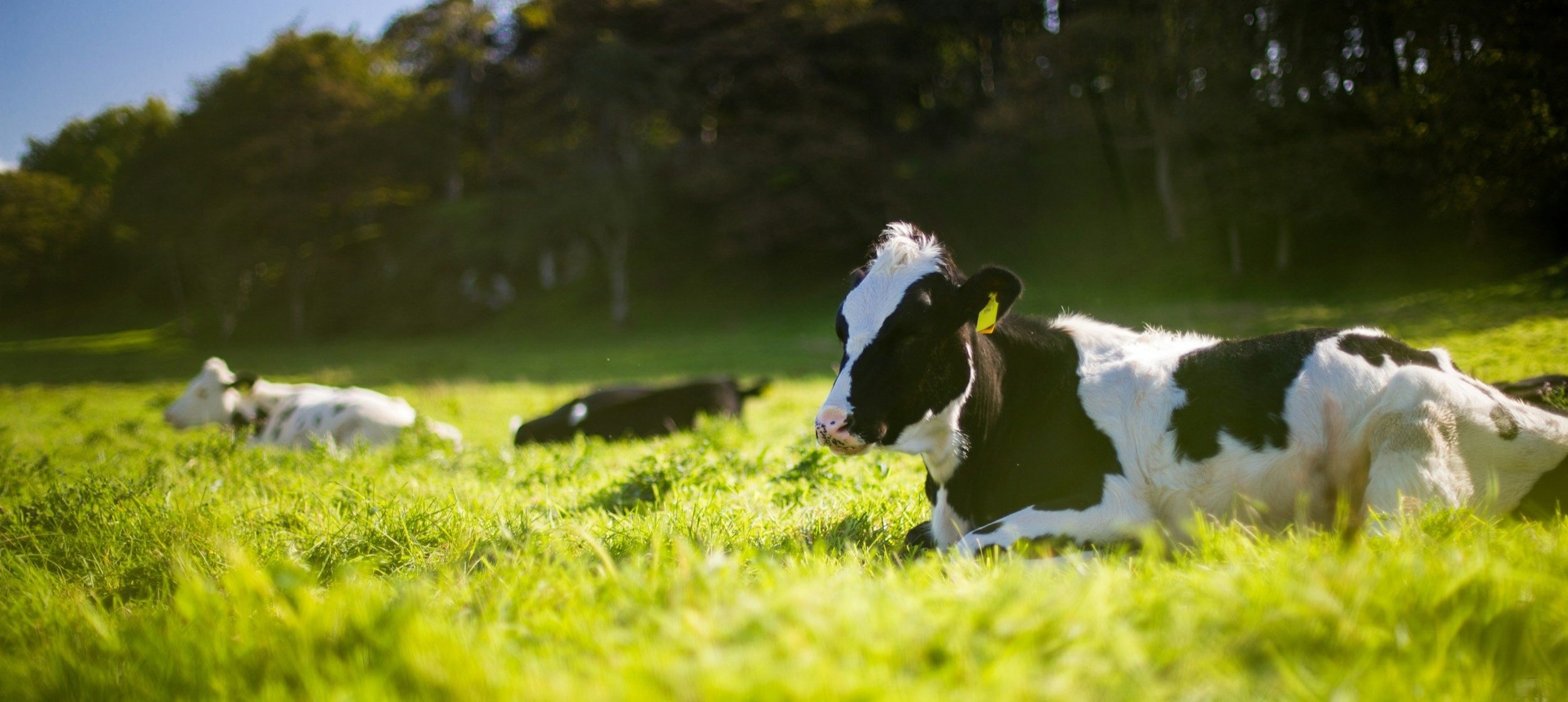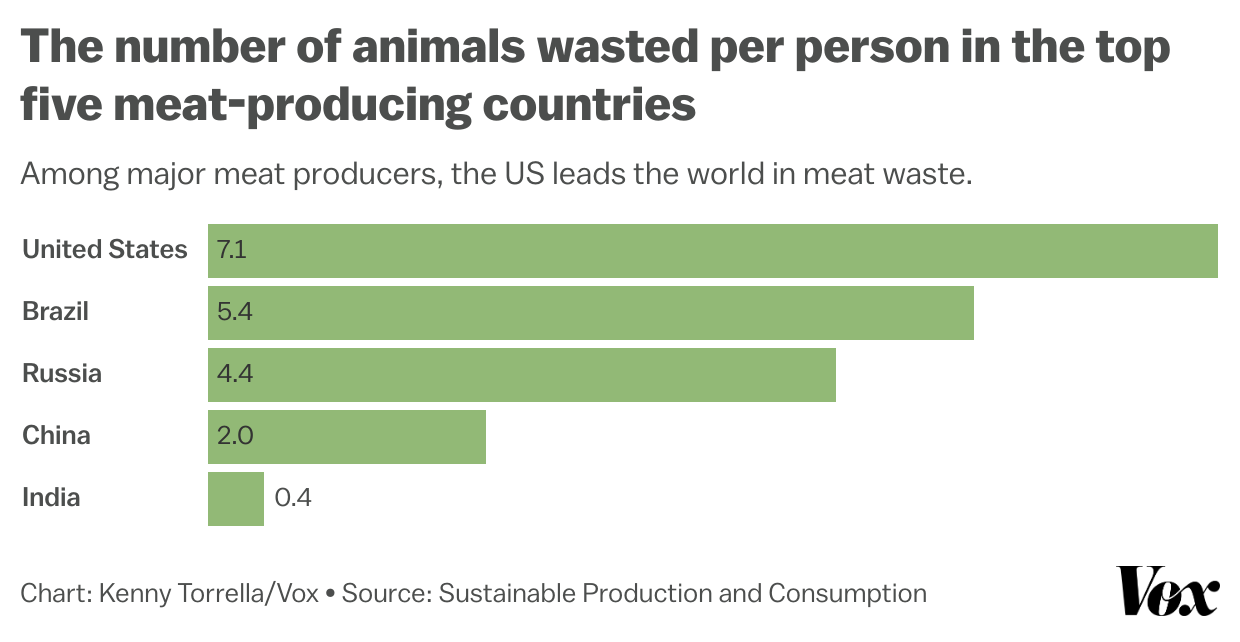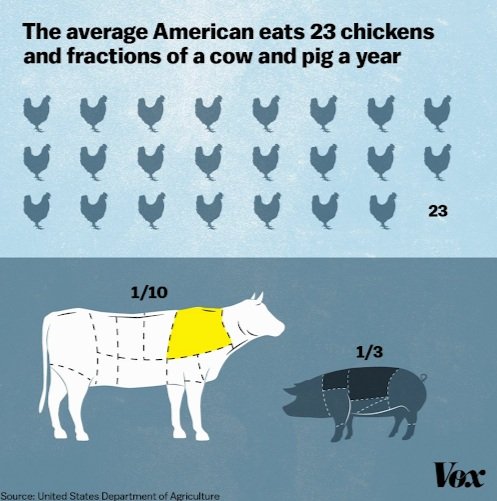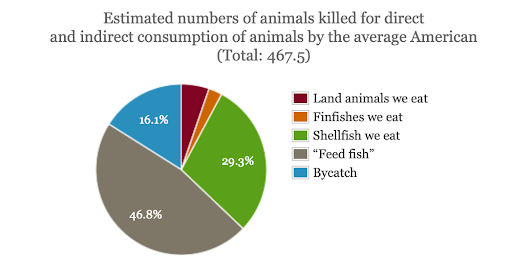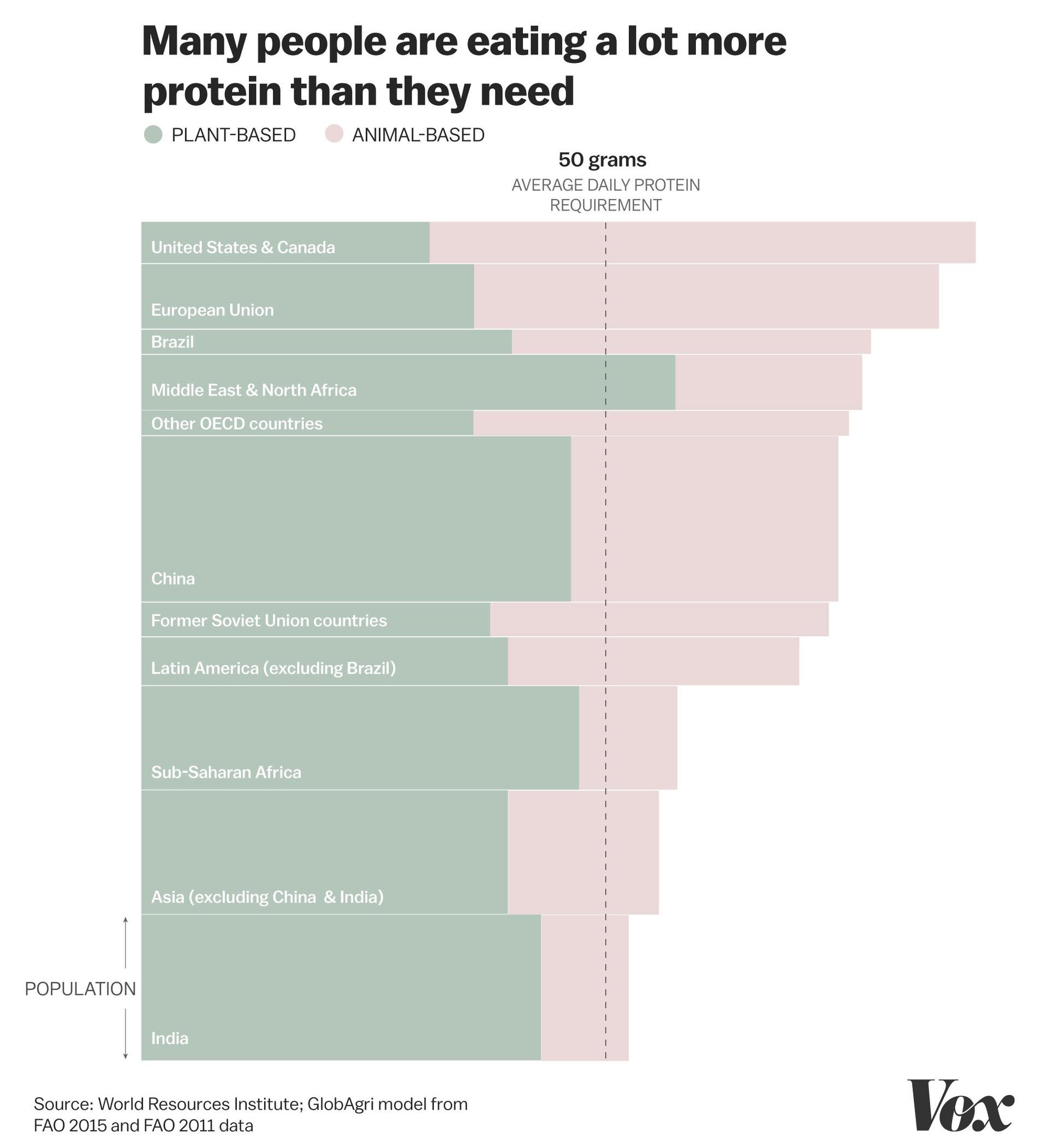The big picture.
Continuing our discussion on how to cultivate a more sustainable life, let’s delve into the life-centric part of the equation. What does life-focused mean? What does it mean to make life-focused choices? How does this connect to a sustainable life? Let’s explore!
In its simplest form, life-focused means that one’s choices and actions are centered around a respect for all living things (ie) animal and human lives. As Jane Goodall has said,
data-animation-override>
“To me, cruelty is the worst of human sins. Once we accept that a living creature has feelings and suffers pain, then by knowingly and deliberately inflicting suffering on that creature, we are guilty, whether it be human or animal.”
This is a strong statement which may incite an uncomfortable reaction for some; however it serves as a powerful reminder that we are in control of our choices. In the modern world, the products which we buy have been separated from the manufacturing process. It is no longer obvious what goes into producing those beautifully packaged items easily taken from the store shelves. Fast fashion and animal agriculture are two industries which have skillfully ’shielded the consumer’ from the ugliness behind the scenes.
This lack of transparency has resulted in depriving the consumer of the ability to make an active choice in whether we want to be a part of human or animal suffering. Dr. Goodall reminds us that we have a responsibility to look behind the veil and inform ourselves about the people and animals who are impacted by the items we purchase. This is the definition of a life-centric choice.
Life-centric decision making & animal agriculture.
Food’s connection to life-focused choices is obvious when you consider dietary choices of meat, poultry, fish, dairy and eggs. All of these products have a large animal footprint in terms of animal suffering and animal lives.
Consider these facts:
-
The average American eats 100 lbs of chicken per year – double what it was 40 years ago.
-
A state-by-state poll of 5,000 US adults found the average person can eat over half (five slices) of an entire pizza by themselves in a single sitting and eats pizza three times in any given month — an equivalent of 180 potential slices in a single year.
-
1 In 4 animals raised for meat are wasted and will have died for nothing, which translates to 7.1 animals per person in the USA, BEFORE it even gets to the consumers.
Animal suffering is part of the equation.
-
Chickens suffer the most as it is not uncommon for them to be abused being thrown around and stepped on. Here is an undercover video from late 2023 that was filmed by Mercy for Animals. Please note this is disturbing to watch.
-
A battery chicken lives in a space smaller than an iPad, often with their beaks seared so that they don’t peck and pierce each other.
-
Dairy cows are killed after just 3 lactation cycles (~10m each cycle) since their milk production reduces; compared to a normal life span of ~25 years.
-
Animals are transported in tightly packed trucks and can go for at least 28hrs before being allowed bathroom breaks, food and water. This rule is rarely enforced, so many animals go much longer.
How are human lives affected by animal agriculture?
Animal agriculture has a large physical and mental toll on the workers which does not often get as much attention.
-
Workers suffer chronic exposure to pollutants leading to lung diseases
-
Workers work long hours, are often denied bathroom breaks and are paid poorly
-
Workers have a higher injury rate due to the dangerous machinery and fast line speeds
Large meat companies such as JBS and Smithfield often contract with family farmers to grow their animals – this is essentially all of the chicken in the USA and about 70% of pork. These small farmers are often brought under contract with the promise of a more predictable income; however, it is quickly not the case. Farmers have production demands and pricing isn’t transparent.
Many farmers invest large amounts of savings to upgrade their facilities to be eligible to participate in these contracts. They often feel trapped as they have strict contracts and often have taken on significant debt. This single factor is a big reason for the decline in small farmers in the USA. This also highlights the ugly truth that is not transparent in advertising which suggests that family farms bring your chicken to the table.
Animal agriculture:
How can we make change with a life-centric approach?
Overconsumption is a core driver of these statistics. If we put ourselves back in the decision-making process and make mindful choices, what could that look like? Will it have an impact? Changes can be small or large depending on how much you are able to do.
-
Reduce meat portions:
-
By reducing your chicken portion from 5ozs to 3ozs, you will save ~15 chickens per year.
-
If 10% of Americans did this consistently, it would save almost 510 millions chickens a year.
-
Bonus: Replacing the residual 3ozs with beans or vegetables will add important fiber to your diet. 95% Of Americans do not meet the RDA of fiber.
-
Go meat free one day a week
-
Save 28 land animals and 175 aquatic animals per year
-
Bonus: Reduce your saturated fat intake by 15% and be healthier.
-
Eliminate meat waste
-
If every American did this, we would save 18 billion animals
-
Go Vegetarian
-
A vegetarian saves 467.5 animals per year, if you factor in direct and indirect consumption.
-
Go Vegan
-
Save 200 animals per year from direct consumption.
As a culture, we are protein obsessed and get a disproportionate amount from animal sources.
In order to make life-focused sustainability choices, ask yourself…
-
Do I really need as much as I am consuming?
-
What do I need vs what I want?
-
How are my choices affecting animals and humans?
-
What are my alternatives? Read more here.
Evaluating your choices through a life-centric lens is an important step in creating a more sustainable lifestyle.

